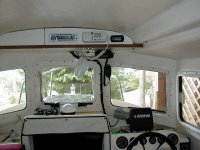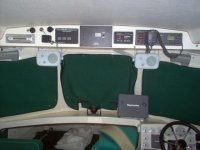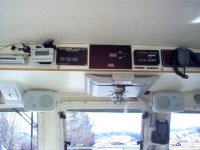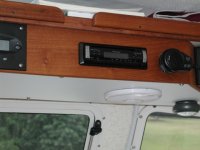matt_unique
New member
I found some great pictures over the last few months but for the life of me can't find the owners....I want to add a piece of wood in the overhead chart storage area (for lack of a better description). This essentially closes the overhead storage area and provides a great area to mount brass fixtures like clocks, barometer, radio, etc.
With that, who has closed off the overhead storage area with a piece of wood? I would like to look at your pictures and bounce some ideas off you.
Thanks!
With that, who has closed off the overhead storage area with a piece of wood? I would like to look at your pictures and bounce some ideas off you.
Thanks!





